 |

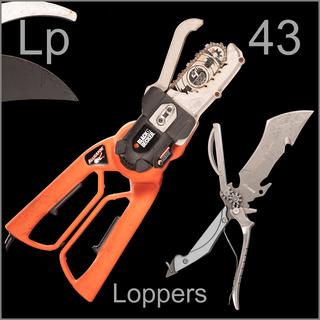 |
Leave a comment below! Or click on an individual tool to see more or leave a comment about that tool. |
|
 |
|
 |
| Specialty wire strippers for large diameter paper-sheathed cables. |
 |
| This pair looks similar to other pliers-like wire stripper, but exists on a far higher plane of quality. Instead of flat stamped steel blades and a rivet for a joint, it has forged blades and a high-quality machined lap joint. |
 |
| I got so frustrated misplacing wire cutters that I bought half a dozen of these very cheap ones when they were on sale. A few are left. |
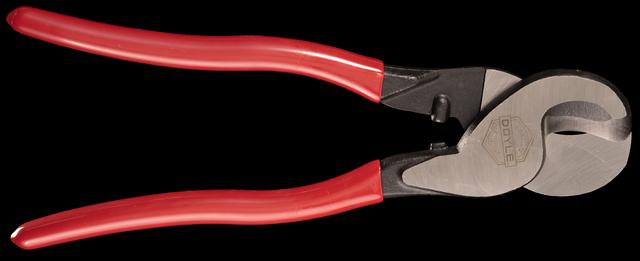 |
| Powerful cable cutters for copper or aluminum wire only. |
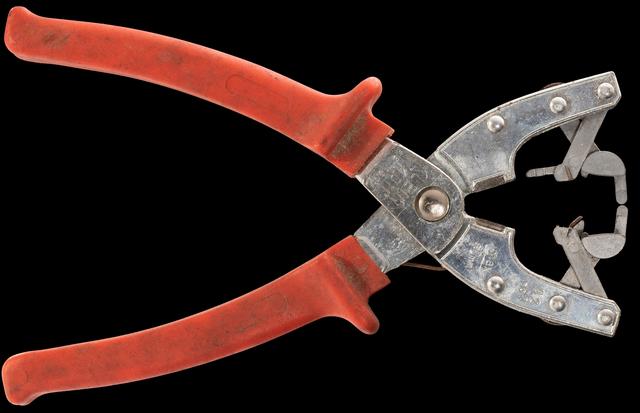 |
| This is the coolest-looking automatic wire stripper I have, but not the most effective. |
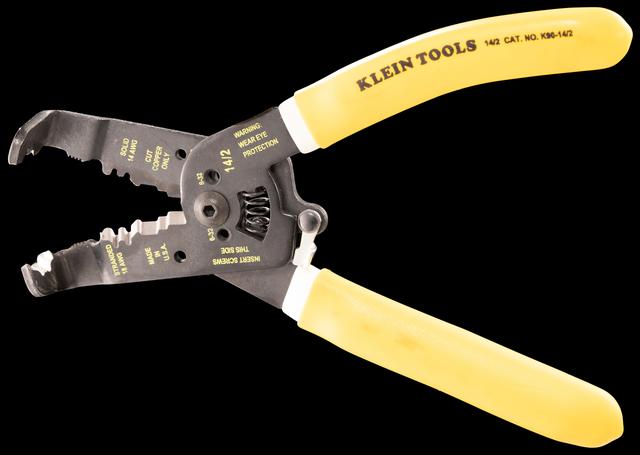 |
| This oddly bent wire stripper is specifically for use on non-metallic sheathed cable (known as Romex in the United States). The bent-over end strips the outer sheath, and the notches on the straight part strip the individual wires. Because the sheath cutter follows the contour of the cable, it can work only with one size of Romex: it’s labeled for 14/2, which means two 14-gauge conductors plus a bare ground wire in the middle. I thought the bend was odd until I used it to wire a whole lot of electrical boxes for lights in my new studio: the bend means you can reach into the box and strip the wire quite close to where it enters. I have the same tool for 12/2 wire except it’s straight, and that one is much more difficult to use in tight spaces. |
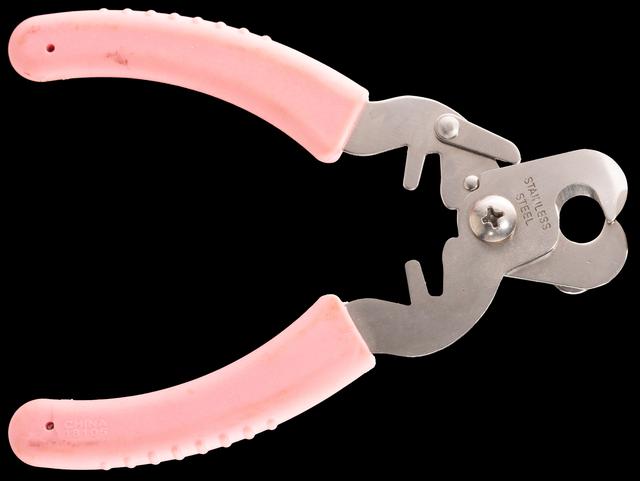 |
| The tool most similar to a wire cutter that isn’t a wire cutter is a dog nail trimmer. |
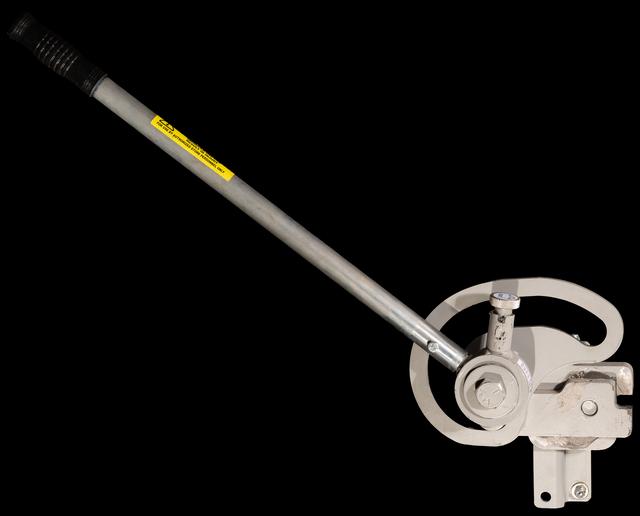 |
| For cutting large-diameter wire rope, this tool has a long handle and an interesting nautilus-like mechanism for variable leverage. Look at how thick the hardened steel jaws are! This tool was bolted to a shelf in a hardware store, where it served many years cutting steel cable for customers. |
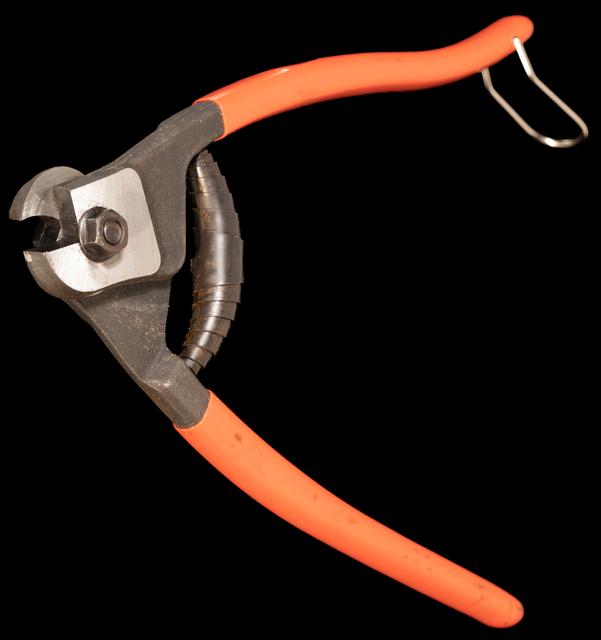 |
| I got these short-bladed steel cable cutters under duress: I had won an auction for a beautifully ornate and rather heavy chandelier from a Chinese restaurant going out of business. The catch was that it was hanging from the ceiling and secured by a 1/4” steel safety cable, which I had to cut before lowering it to the ground with a rope. The auction was several hours from home and I came without the needed tool, so I had to pay a premium at the local hardware store. |
 |
| The cheapest available wire cutter/stripper, with one notch and a depth stop you can use to adjust it to different diameters of wire (or just be careful not to close them too far when stripping). |
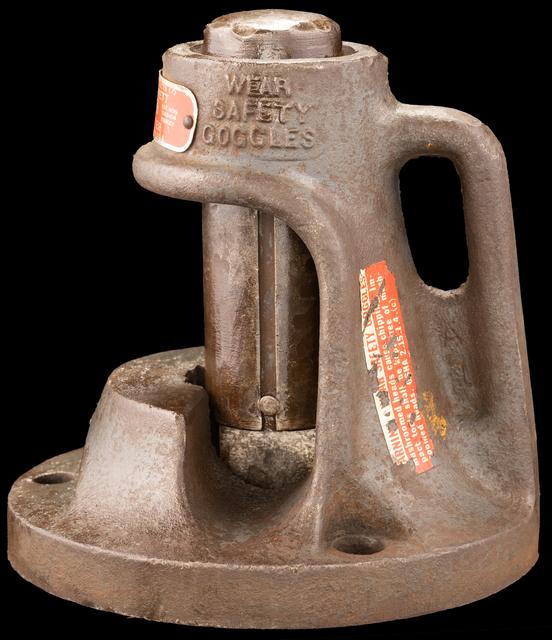 |
| Very thick steel cable (up to about an inch diameter in this case) can be cut using this tool. You lay the cable in the groove and then hit the top of the tool as hard as you can with a heavy sledge hammer, driving the hardened steel blade into the cable. |
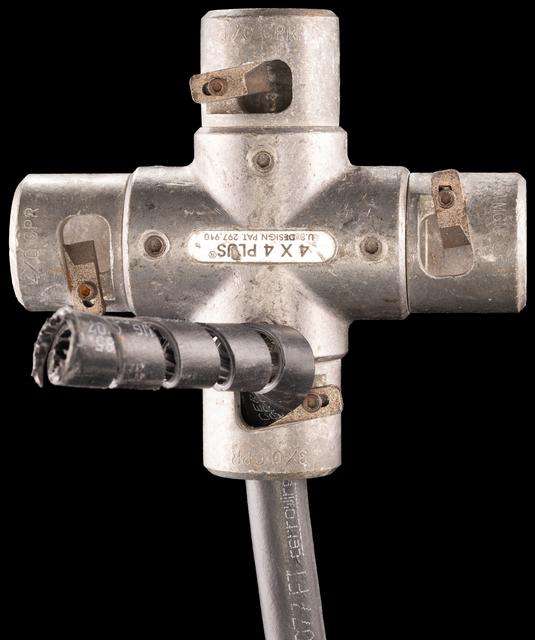 |
| This lovely, somewhat enigmatic tool is a heavy-gauge electrical cable stripper: my friend Chris found it on the street and knew just who to give it to. Each end is for a different diameter of cable: 1/0ga (the smallest), 3/0ga, 4/0ga, and 350MCM (the largest). You push the end of the cable in and then rotate the tool so the small chisel blade can cut away the insulation in a spiral. |
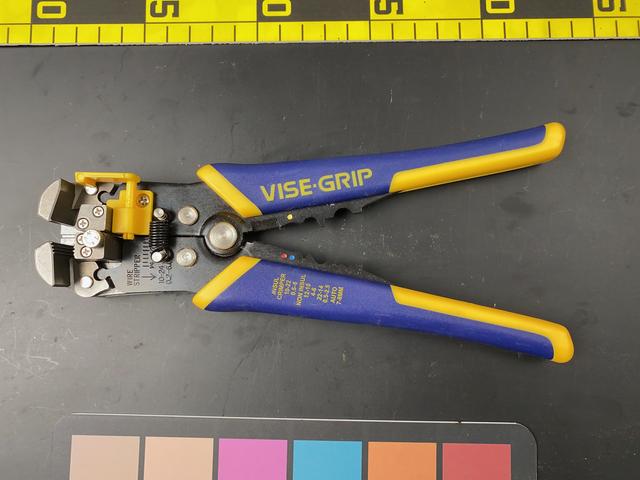 |
| These models grip the wire on both sides of the cutting blades. When you squeeze, first the blades cut the insulation, and then the two sides separate, pulling the insulation off the end of the wire. I use one of these to make the hundreds of very specific-length wires that go into the wiring harnesses of the acrylic mechanical models I (used to) sell. |
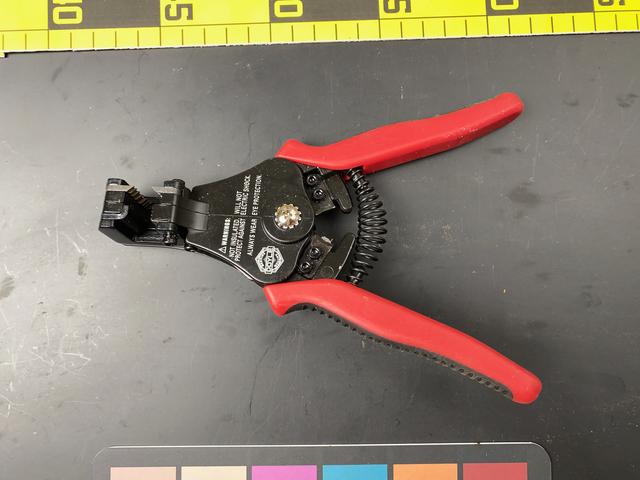 |
| Mechanical Wire Stripper |
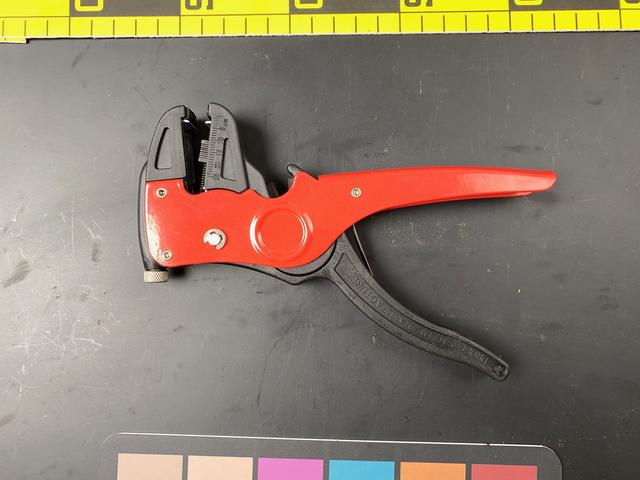 |
| These models grip the wire and the end in their jaws, pierce the insulation, and then pull the insulation backwards into the body of the tool. |
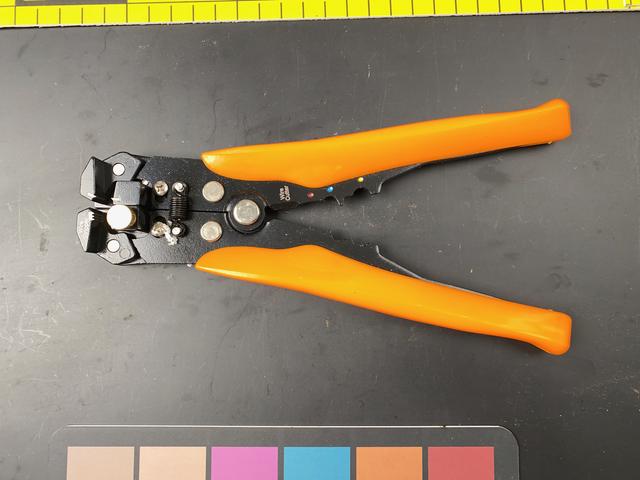 |
| Mechanical Wire Stripper |
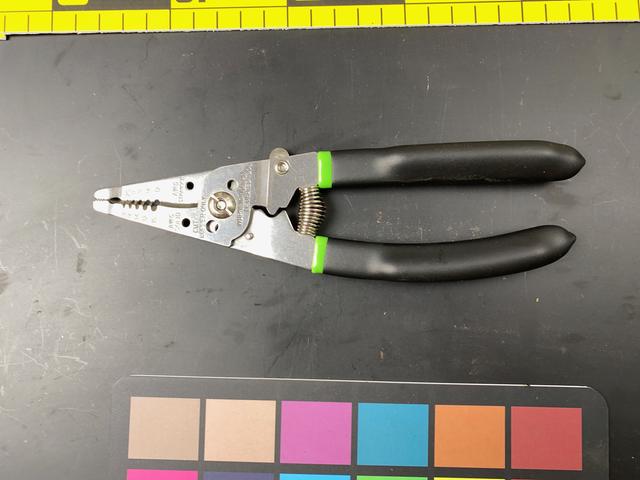 |
| This luxury model is made of stainless steel. I ruined one pair when, out of desperate necessity, I used it to cut steel bailing wire. |
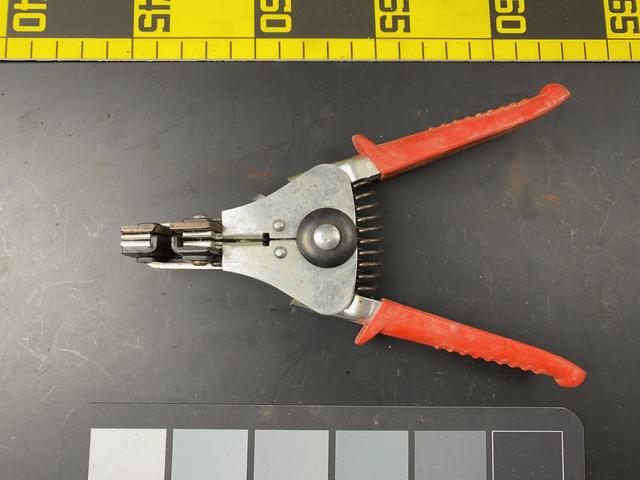 |
| Mechanical Wire Stripper |
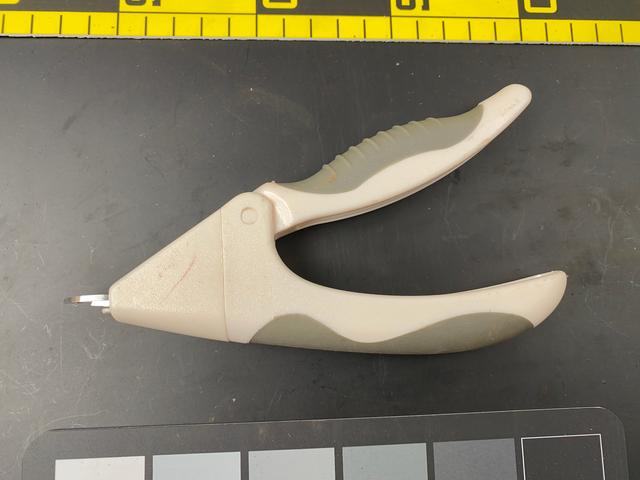 |
| There are scissor-like dog nail trimmers, and this is a shear-like trimmer. Our dog won’t let us near him with either style. See the Grinding section for an example of another kind of nail trimmer he won’t let us use. (But for the woman who trims his nails every month he’ll run and jump up on her table and wait patiently as she picks up one leg after another. Then we get ice cream, which may be related to his enthusiasm.) |
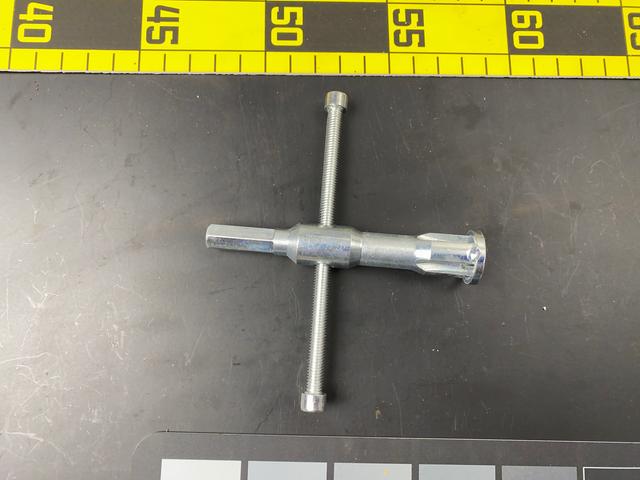 |
| This wire stripper can be used manually or in the end of an electric drill. It rapidly spins the insulation off wires. |
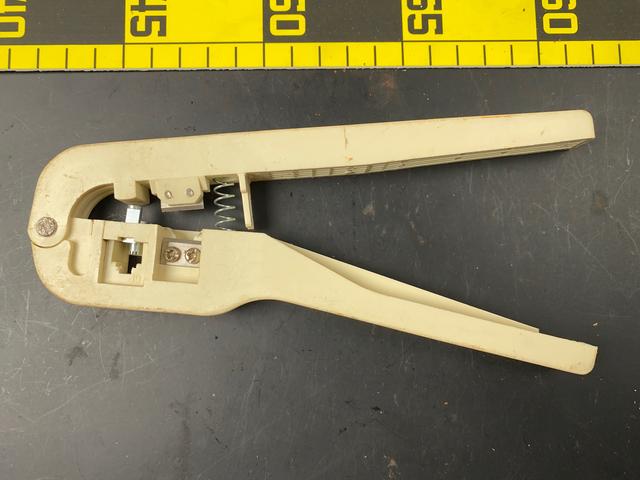 |
| This relic from the distant past is for cutting landline telephone wires, and then crimping the 4-wire connector on the end. |
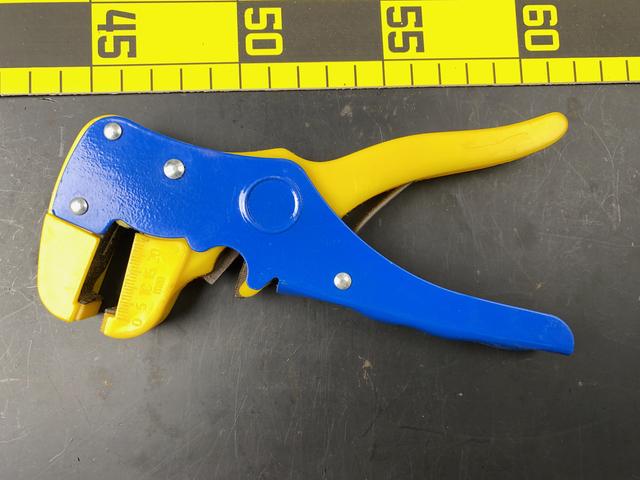 |
| Mechanical Wire Stripper |
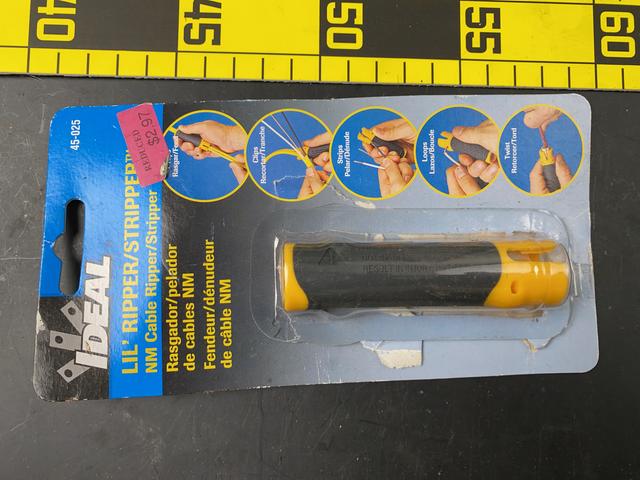 |
| This tool neatly slices through the outer layer of insulation of a plastic-sheathed cable (commonly called Romex in the US), without damaging the insulation of the wires inside. This is important because you typically need to remove several inches (75-100mm) of the outer layer, but only half an inch (12mm) of the inner layer. If the inner layer is damaged farther away from the end it can cause short circuits and fires, so it’s important that the blade in the slitter extends just a bit less than the thickness of the outer insulation. |
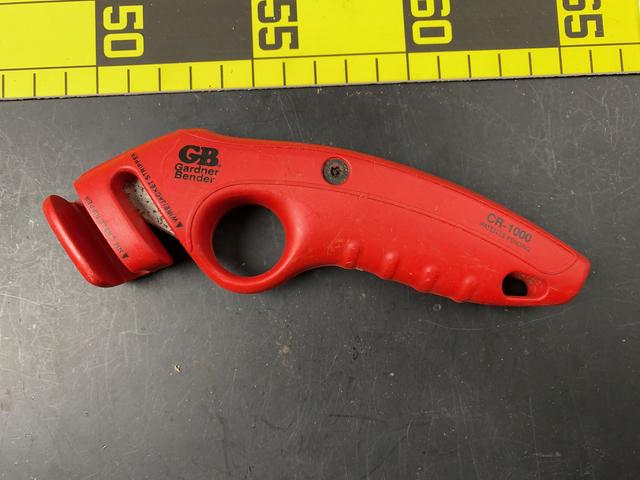 |
| Romex slitter. |
 |
| Wire stripper for coax cable, which is rarely used these days. |
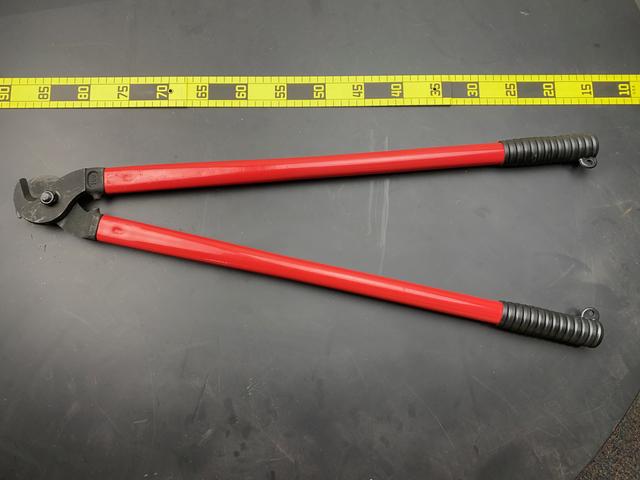 |
| Long-handled cable cutters for steel cable. |
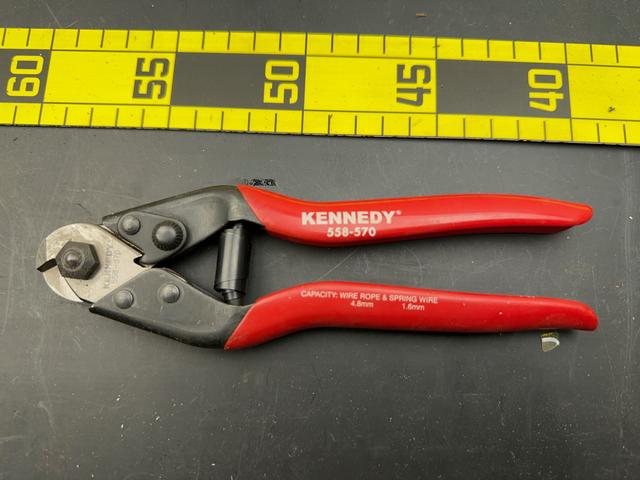 |
| Cable cutters for steel cable have very short, very thick hardened steel jaws, and they can make remarkably light work of cutting up to about 1/4” steel cable, which can be extremely frustrating to cut with other tools. |
Do you have a better example of this kind of tool? Let me know by leaving a comment, and include a picture of it if you can so everyone can see!